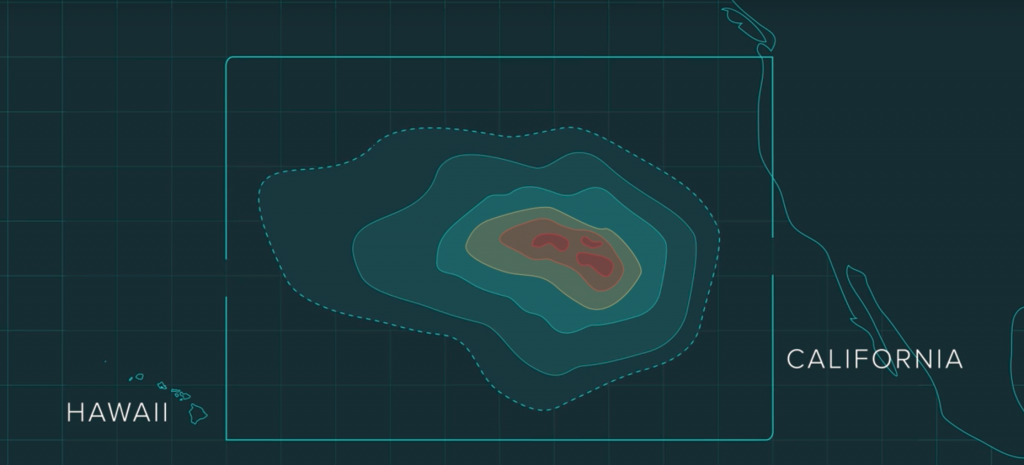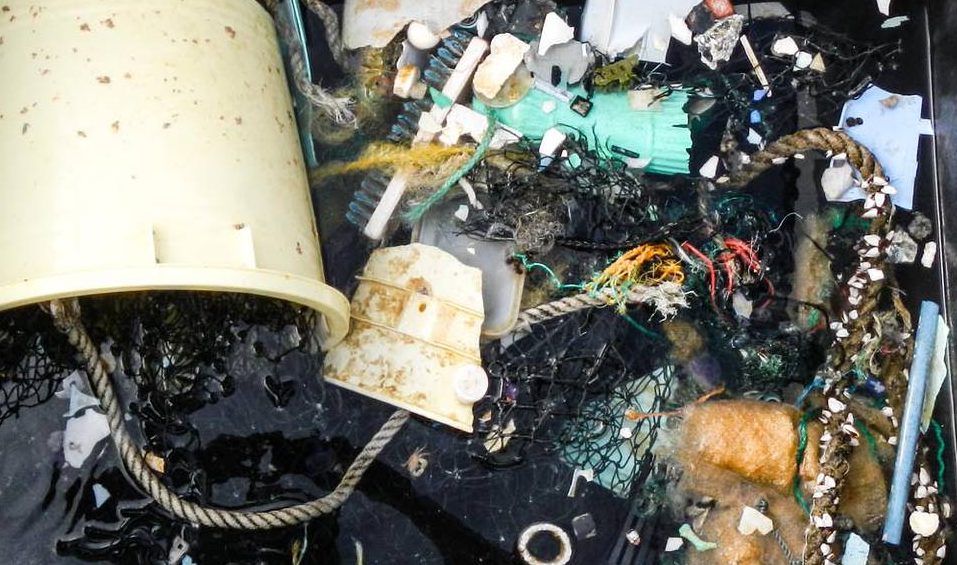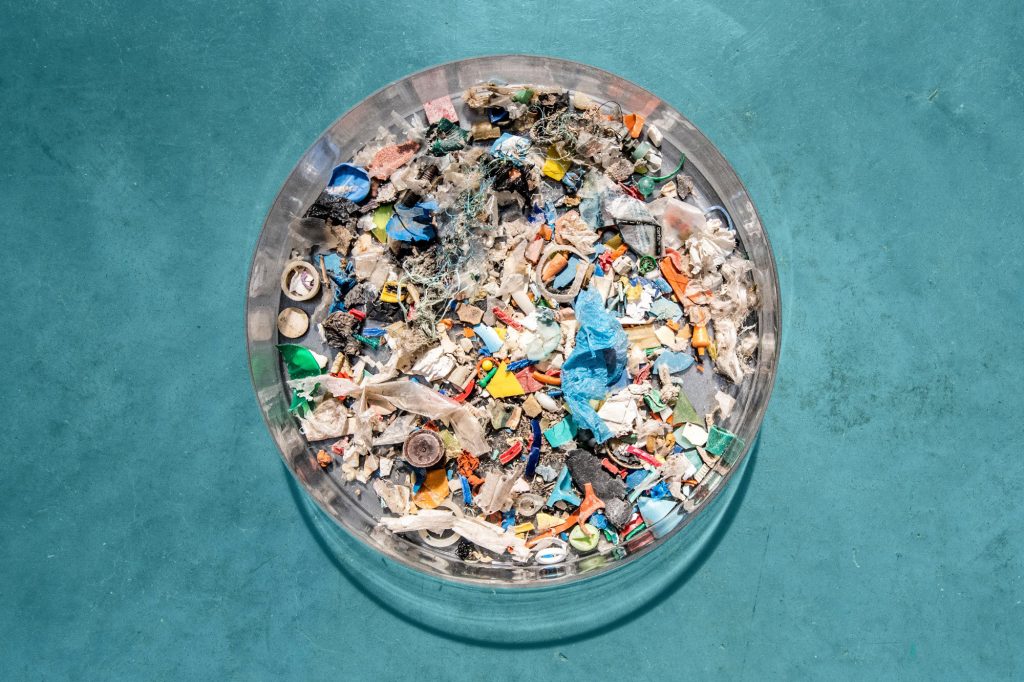The Great Pacific Garbage Patch is the largest accumulation zone of plastic waste in the planet. Located in the Pacific Ocean between California and Hawaii, this trash vortex is now 16 times bigger than previously estimated and three times the size of France. (Continuing the math, with its 1.6 million sq. km., it’s 4.7 times the size of Philippines’ land area.)
The scientists also found out that there are around 1.8 trillion pieces of plastic weighing nearly 90,000 tons floating in the zone. And it’s only getting worse: The waste in the patch is now being dragged into the waters of Arctic; trash is now part of the marine animals’ diet.

This is based on the three-year “mega expedition” conducted by the scientists of The Ocean Cleanup, a nonprofit organization that develops systems to remove ocean trash. The mapping survey by the international team of researchers started in 2015, but the study was only published in Mar. 22 this year.
In order to effectively and efficiently analyze the Great Pacific Garbage Patch, the research team used 30 vessels equipped with standard surface sampling nets that cross the area of debris.

In addition to the fleet, “The Ocean Cleanup ran the first-ever aerial surveys of a garbage patch by converting a former military aircraft into a high-tech research platform,” says EarthSky publication. “Cutting-edge sensors allowed them to reconstruct the 3D shapes of large debris to calculate their mass.”
“We were surprised by the amount of large plastic objects we encountered. We used to think most of the debris consists of small fragments, but this new analysis shines a new light on the scope of the debris,” says marine scientist Julia Reisser, the chief scientist of the expedition.

Aside from plastic bottles, broken electronics, abandoned fishing gears, and children’s toys were among the waste collected in the nets. Some of them even have “little bite marks from fish.”
From here, the researchers worry that the larger pieces of debris would disintegrate into microplastics, which are harder to remove from the waters.
“It’s like a ticking time bomb,” says Joost Dubois, a spokesman for the Ocean Cleanup Foundation.
We need more eyes and efforts from the experts that would develop systems to clean up the Great Pacific Garbage Patch. Our small efforts to minimize our waste is as important, too.
Check out some of our stories that can help you reduce your waste:
Baby steps to living that zero waste life
Easy hacks for zero waste grocery shopping
Can you survive a zero-waste beauty routine?
Green footnotes for sustainable traveling
What our barangays should be doing about waste management
Writer: YAZHMIN MALAJITO




